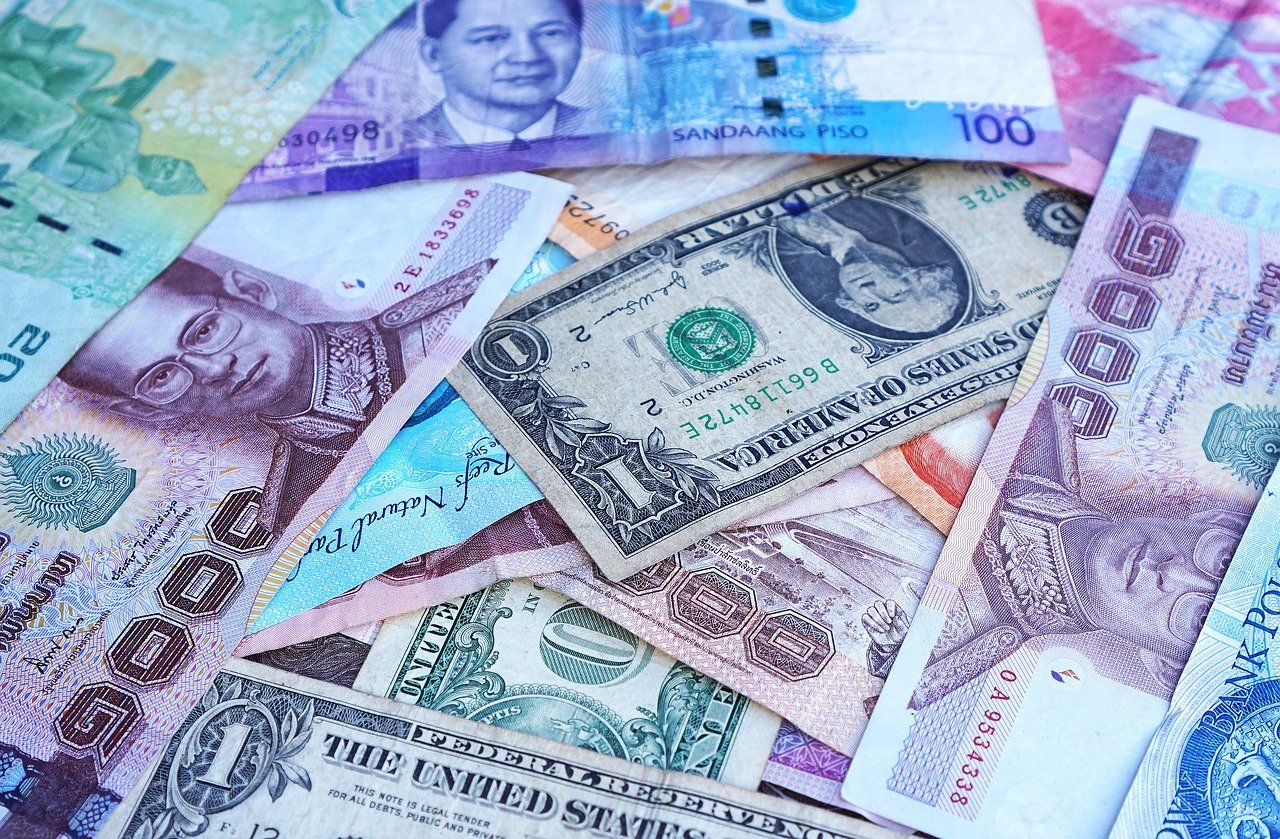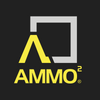Ammunition as Currency?
Ammunition and gold share a lot of similar characteristics, but can ammo actually serve as a currency?

Ammunition and gold share a lot of similar characteristics, but can ammo actually serve as a currency?
Let’s find out…
In (good) economics courses you are taught that money has come in all shapes and sizes throughout history. Some of those forms include salt, cattle, dolphin teeth, knives, wampum (beads), and even giant stones. At some point along the way, however, society almost universally decided that gold, silver, and other metals (copper, bronze) were a good material for currency.
Why?
Well, according to economists, the currency must have three basic qualities
- Medium of Exchange – people must be able to transact business and be accepted by others as payment.
- Unit of Account – a common unit of measurement that is the same across different holdings (an ounce of gold is an ounce of gold no matter where you are).
- Store of Value – the currency must hold its value over a reasonable period of time – precious metals do not rust or decay so they are a constant store of value.
Throughout history (until recently), people have relied on precious metals to form the basis of their currency because they provide those three functions beautifully. Now, given the roles of currency above, some would argue that today’s fiat currencies lack those final criteria – a Store of Value. A dollar 30 years ago is NOT the same as a dollar today due to inflation. It is stable in the short term, however, but anything longer than a year or two and you are losing purchasing power by staying in cash – ask any financial adviser and they’ll agree.
Precious metals on the other hand are a store of value, an ounce of gold is still an ounce of gold, but in dollar terms, an ounce of gold is worth much more – which means the dollar is worthless – it hasn’t maintained its value relative to gold.
So what does all this mean for ammunition and its use as currency? While we know it would be a stretch to call ammunition a currency, it does have some interesting properties that are similar to those necessary for a currency.
For example, to people who shoot and own firearms, it could be used as a medium of exchange. This has been a scenario brought up in at least one book about economic collapse such as Patriots by James Rawl where ammunition manufacturers paid workers in ammo as a form of currency and later people bartered using different calibers as units of exchange.
To people that need ammunition, it can be a great medium of exchange because, for the most part, a 9mm FMJ round is pretty much the same as any other. Though there are some differences in calibers as we try to distinguish in our Quality Grade System, if the market for 1000 rounds of 9mm is $250 then that is $250 that could be used for trade for tools, guns, or gold. It could be a medium of exchange for some (not all) people.
Next, how about as a unit of account? If you follow the logic from above and expand it to different calibers, then you have a possible structure for a unit of account – you would just need an exchange rate or a “primary” caliber. Just like today in America, you have dimes, quarters, and nickels which are all denominations of a dollar – you would need to establish a hierarchy in ammunition.
Is a .308 round equal to (4) 9mm rounds or (5) 9mm rounds? Today we have dollars to tell us the answer, but if you just have ammunition then supply and demand would dictate how that would look. Some calibers might be in higher demand because they are rarer versus others. It would be similar to how currencies fluctuate against one another based on supply and demand today.
Finally, you have “a store of value”.
We all know the dollar is slowly getting inflated away each year they print money (sorry, “Quantitative Easing”), but how does that affect the price of ammunition? If you have been a gun owner for more than a few years you’ve probably seen the inevitable upward march of the price of ammunition. For example, you used to be able to buy a box of .22 for $0.50 or 1 cent per round – now you are lucky if you can get it for 5 cents a round! Think of it, not like the price of ammunition is going up, but rather, it is taking more dollars to buy the same thing – the intrinsic value of your dollars has dropped relative to your ammunition.
As a store of value, ammunition is doing better than the dollar but it won’t be as permanent as gold. All ammo eventually corrodes or just plain won’t fire after a number of decades (though today they still find ammunition from ww2 that is fireable – 70 years later!). However, if it is stored properly and rotated with use, your ammunition supply will certainly increase in dollar terms – especially as the dollar “hi-jinks” continue.
So where does that leave us?
In our minds:
Ammunition is a BETTER store of value than fiat currency but not as good as precious metals. For a gun owner, however it could be considered better than gold (or at lease complementary) because you are storing something that you can both use or trade/sell someday.
This is why we’ve partially modeled Ammo² after physical gold trusts – companies that hold gold bullion for customers in their vault, because like gold, ammunition can be a physical store of value for the future.

